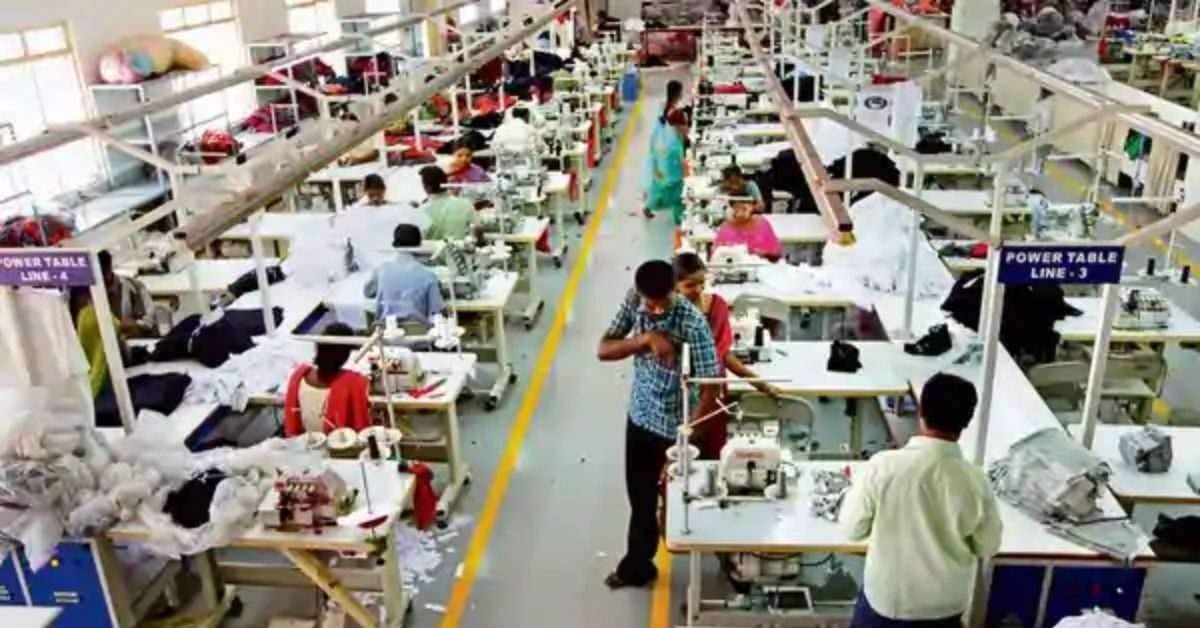- Garment industry experts said the plug-and-play model announced by the govt could be a game-changer
- Plug and play alludes to the availability of ready infrastructure in terms of power, roads and accessibility
Union finance minister Nirmala Sitharaman’s announcement of setting up seven mega textile parks over the next three years could prove to be the much-needed push for India’s textile and apparel export industry, which has lost out to Asian peers over the past few years.
Sitharaman had in her budget speech said mega investment textile parks will enable the industry to become globally competitive, attract large investments and boost employment generation.
Garment industry experts said the plug-and-play model announced by the Centre could be a game-changer. “It will eliminate a huge requirement of capital expenditure and funds,” said Rahul Mehta, chief mentor, Clothing Manufacturers Association of India. Plug-and-play alludes to availability of ready infra in terms of power, roads and accessibility.
“The move is a big boost for the textiles industry in India. China is the largest supplier of garments to the world. Bangladesh and Vietnam have also come up really well because of low-cost structures and trade agreements. With the help of 7 plug-and-play parks, India could emerge as a strong global player in textile and garments exports,” said Sanjay Jain, chief executive officer at PDS Multinational Fashions, which offers product development, sourcing, design and manufacturing services to global retailers such as Superdry, Primark and Next.
“Whether we will participate in the scheme or not needs careful consideration. However, prima facie it is an exciting opportunity,” he said.
Setting up of textile parks along with the production-linked incentive scheme for technical textile and man-made fabric producers and reduction in customs duty for caprolactam, nylon chips and nylon fibre to 5% will help apparel exporters enhance their share in global markets over the medium term, according to Hetal Gandhi, director, textiles, CRISIL Research.
“What has become a bigger issue is our capability to innovate and invest in better designs and, more importantly, as a country, our ability to negotiate free trade agreements (FTAs). If you look at countries such as Vietnam and Bangladesh, the latter has an FTA with the EU, which gives it an upper hand when it comes to export of readymade garments compared to India,” Gandhi said. India needs to move up the value chain and produce more high-value, readymade garments, she said.
Others agreed. Government investments will be counterproductive if India doesn’t strike better trade deals, they said. “These parks will do no good to anybody unless global textiles firms invest in India,” said a consultant on the condition of anonymity. “You need global competitive advantage for investment in textile parks to come in so that manufacturers can feed both the Indian and global markets,” he said.
The US and the EU together account for 64% of India’s readymade garment exports. India’s share in such exports to the US and the EU remained stable at 4-6%, while that of competitors improved over the last five years, CRISIL said.
India’s exports in the textiles and apparel industry are expected to reach $300 billion by 2024-25, tripling the country’s share in global trade from 5% to 15%, according to information on the Invest India portal. India is largely proficient in manufacturing casual wear garments and production of cotton, silk and jute.
India’s textile and apparel industry is among the top employers in the country, providing direct employment to 45 million people and 60 million people in allied industries.
Source: mint







